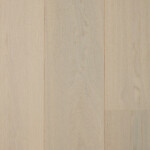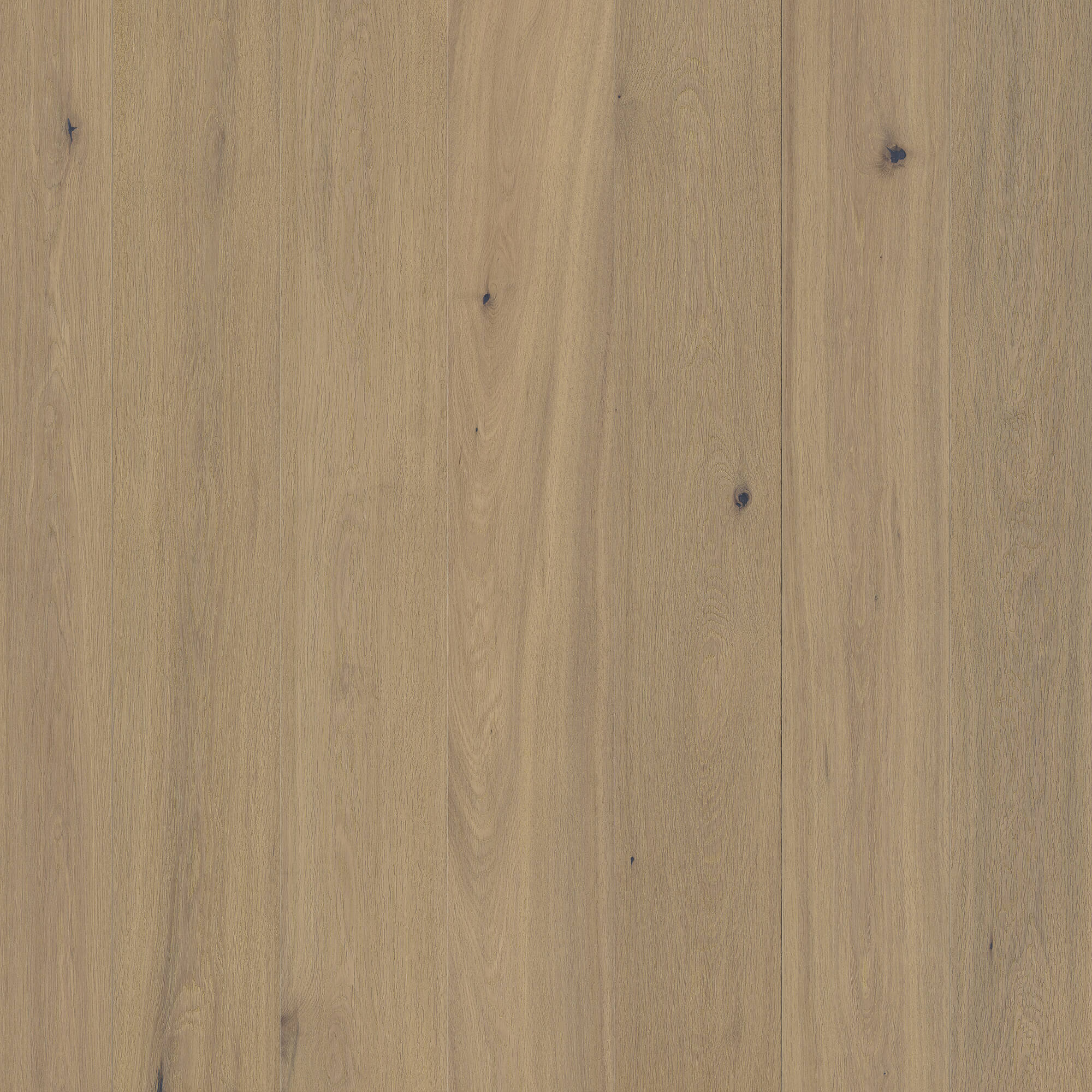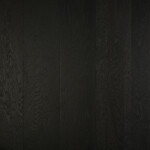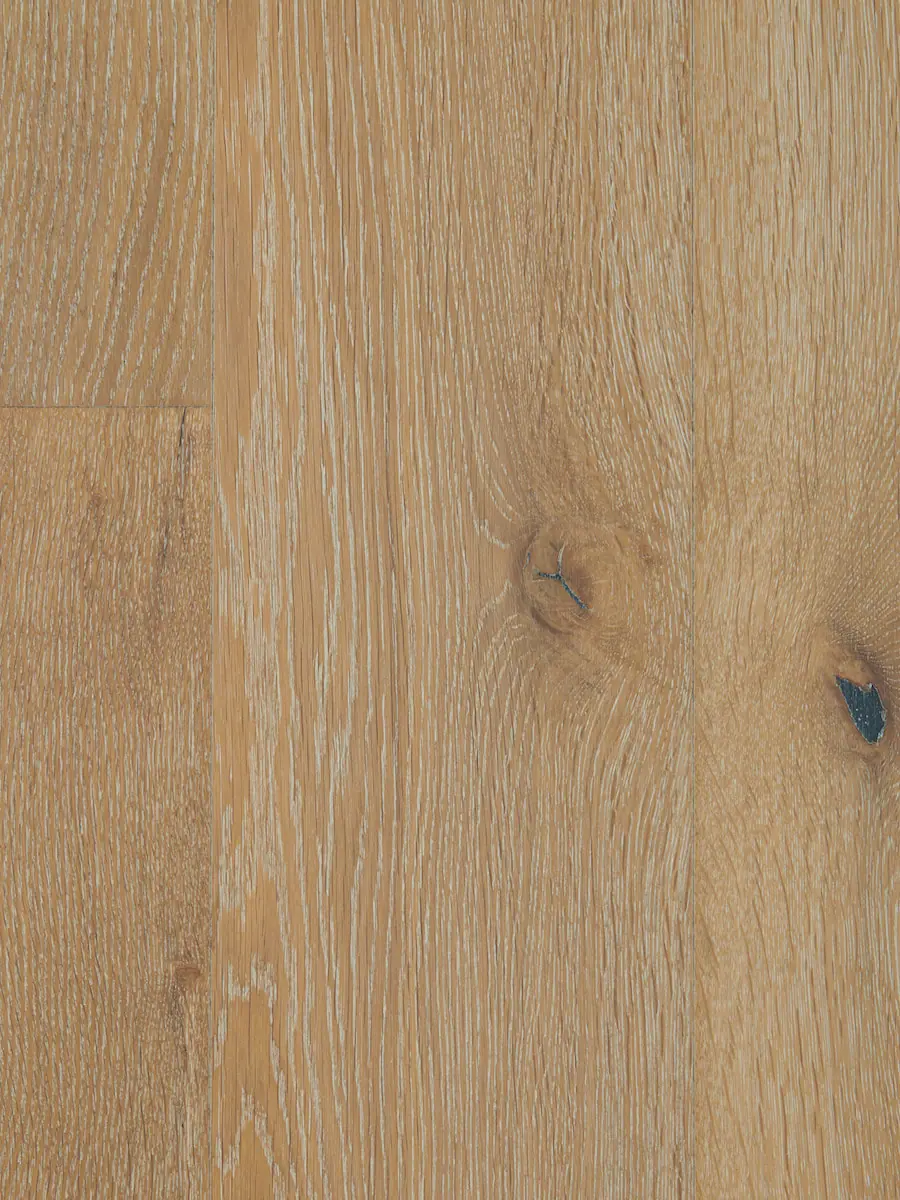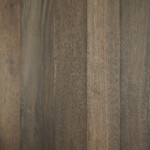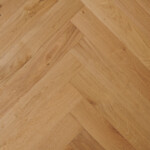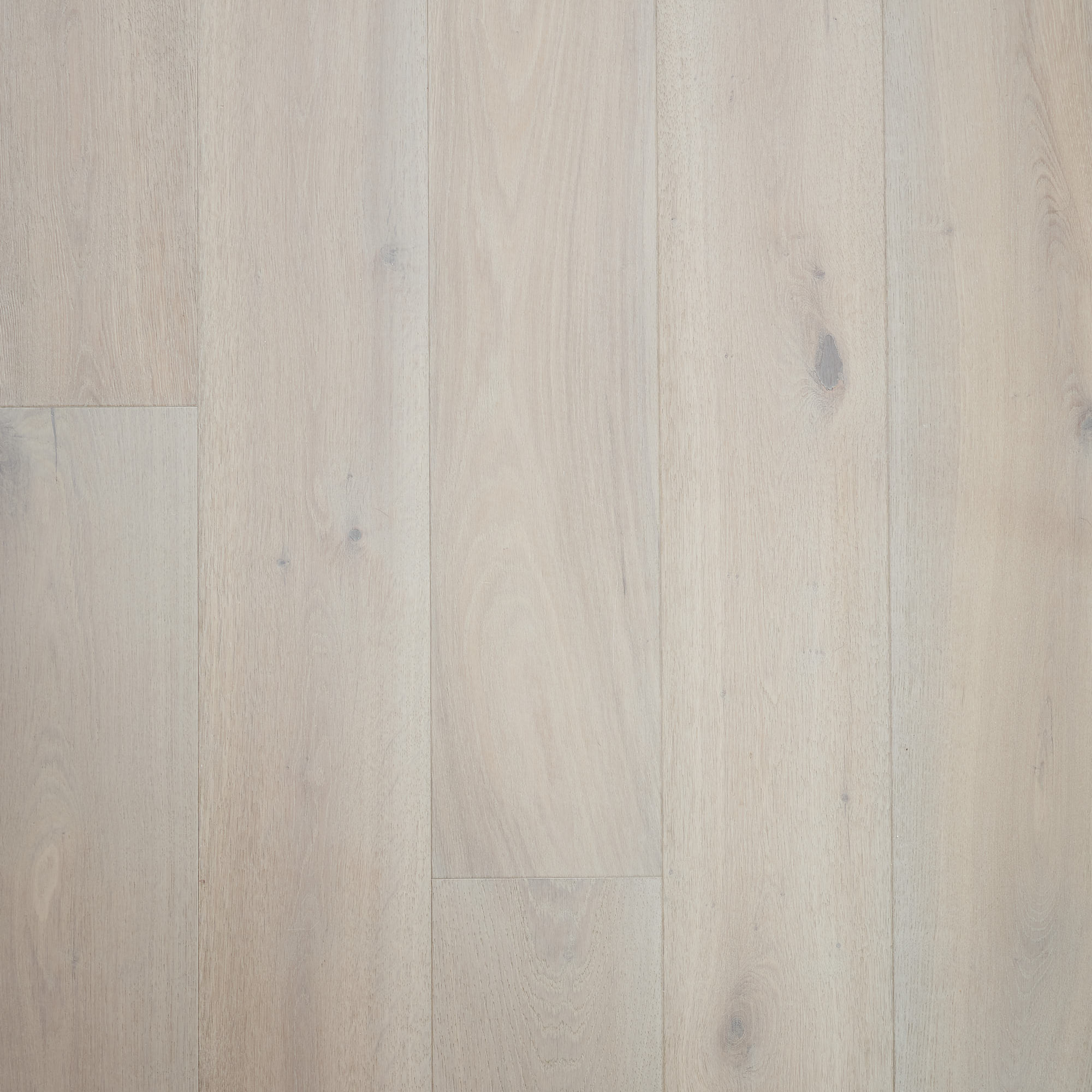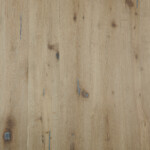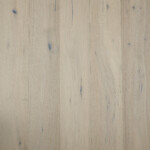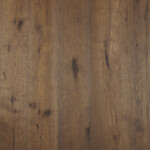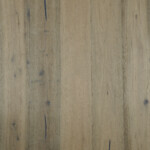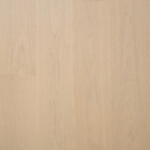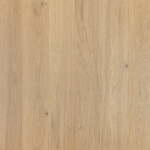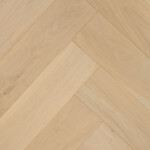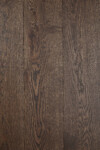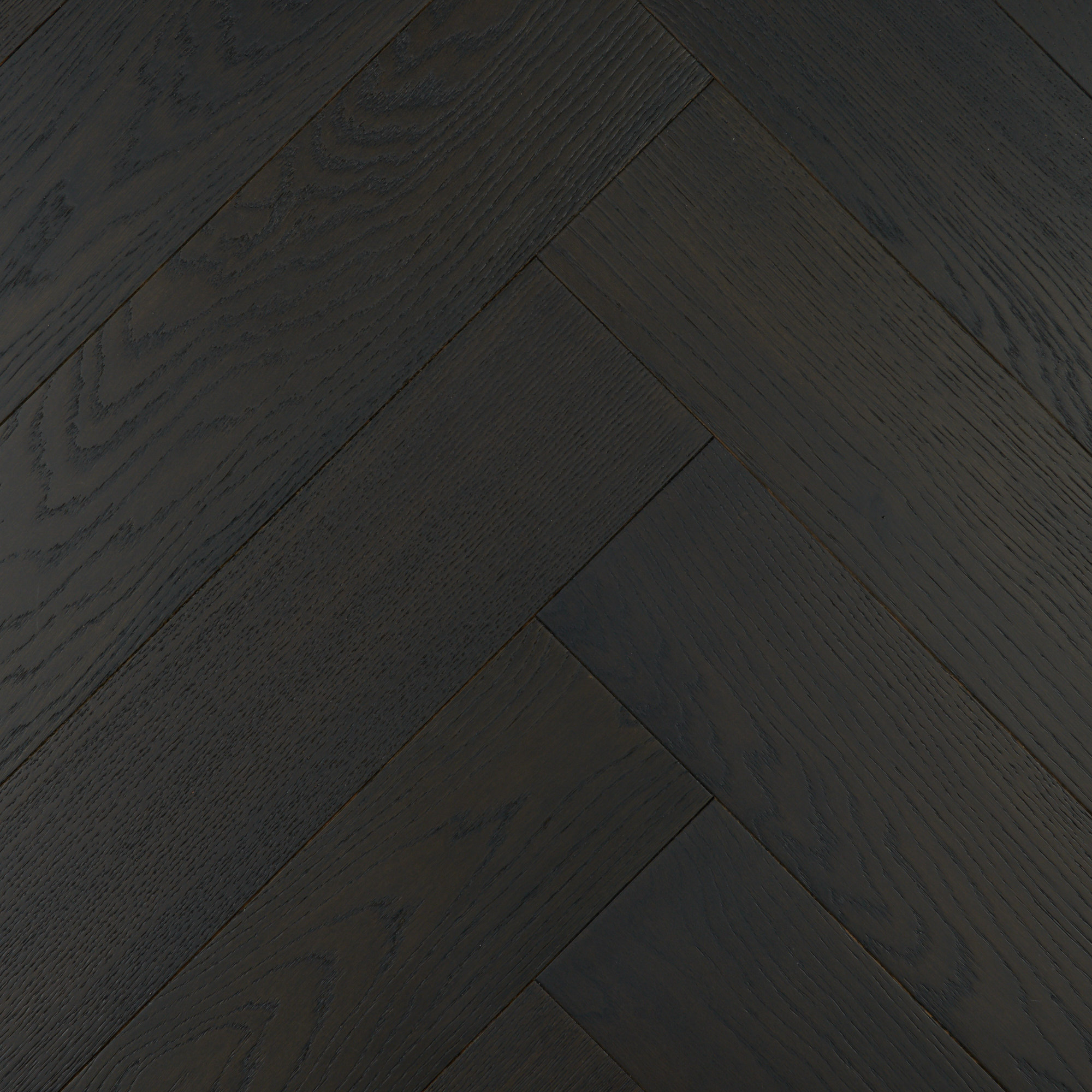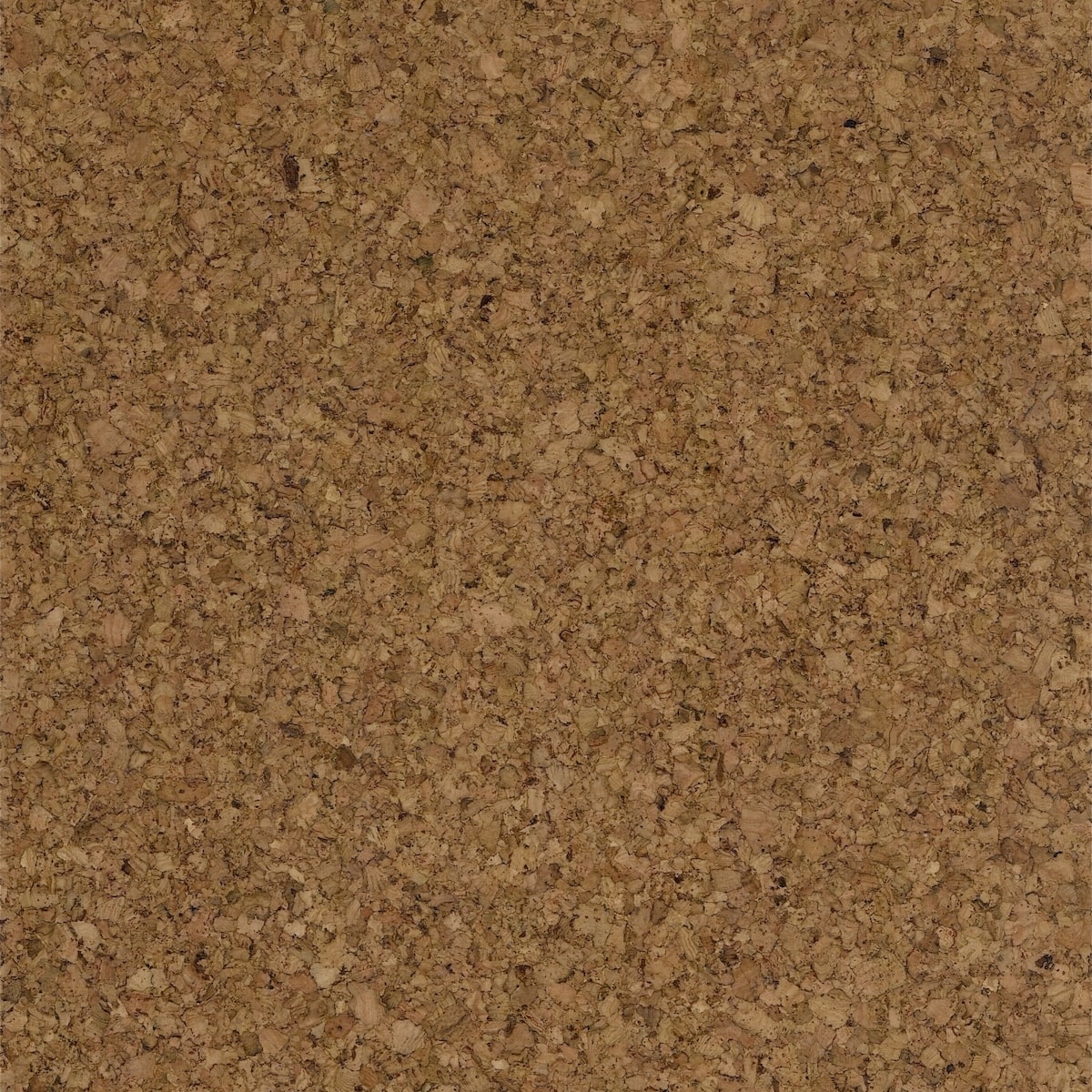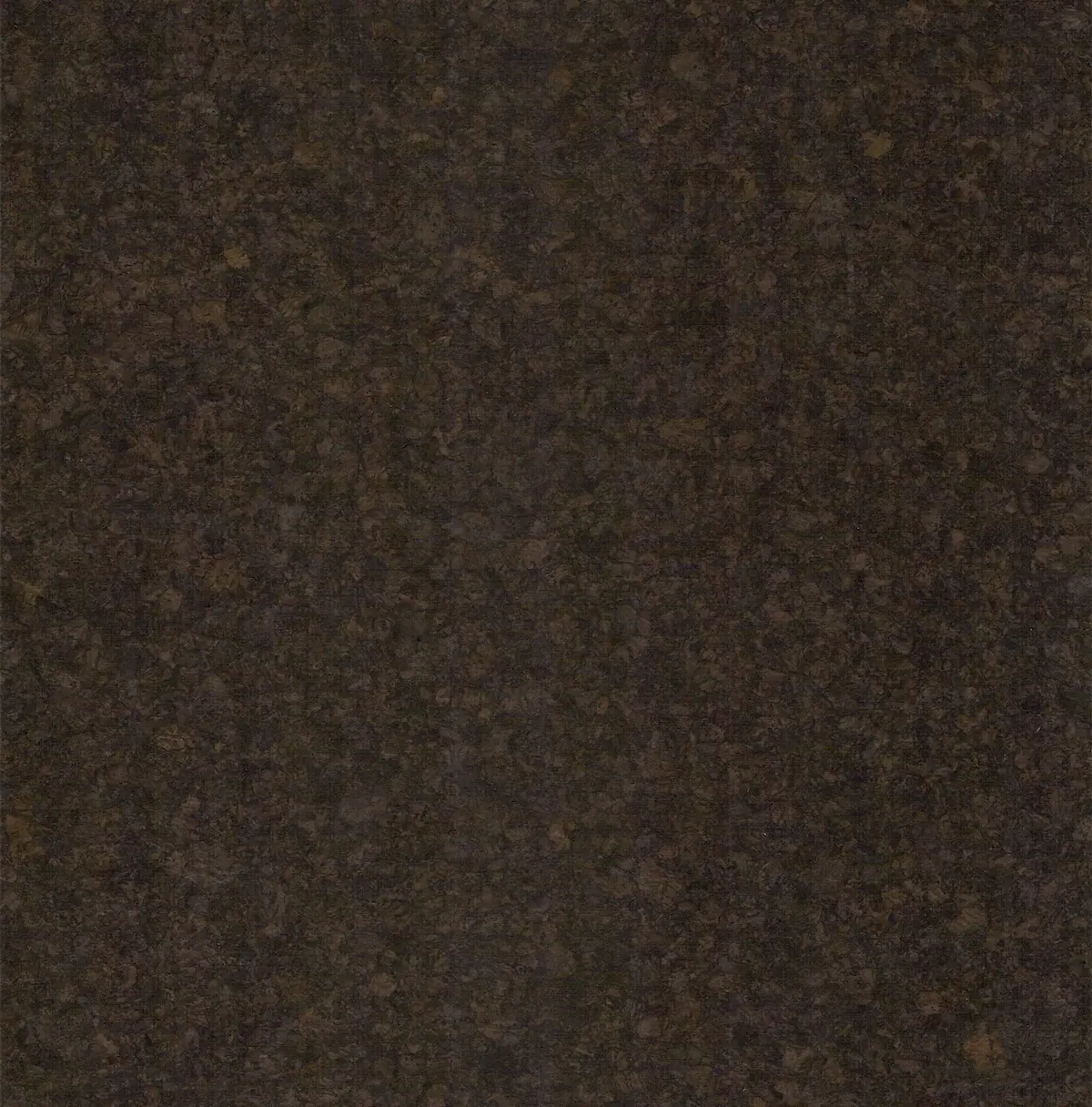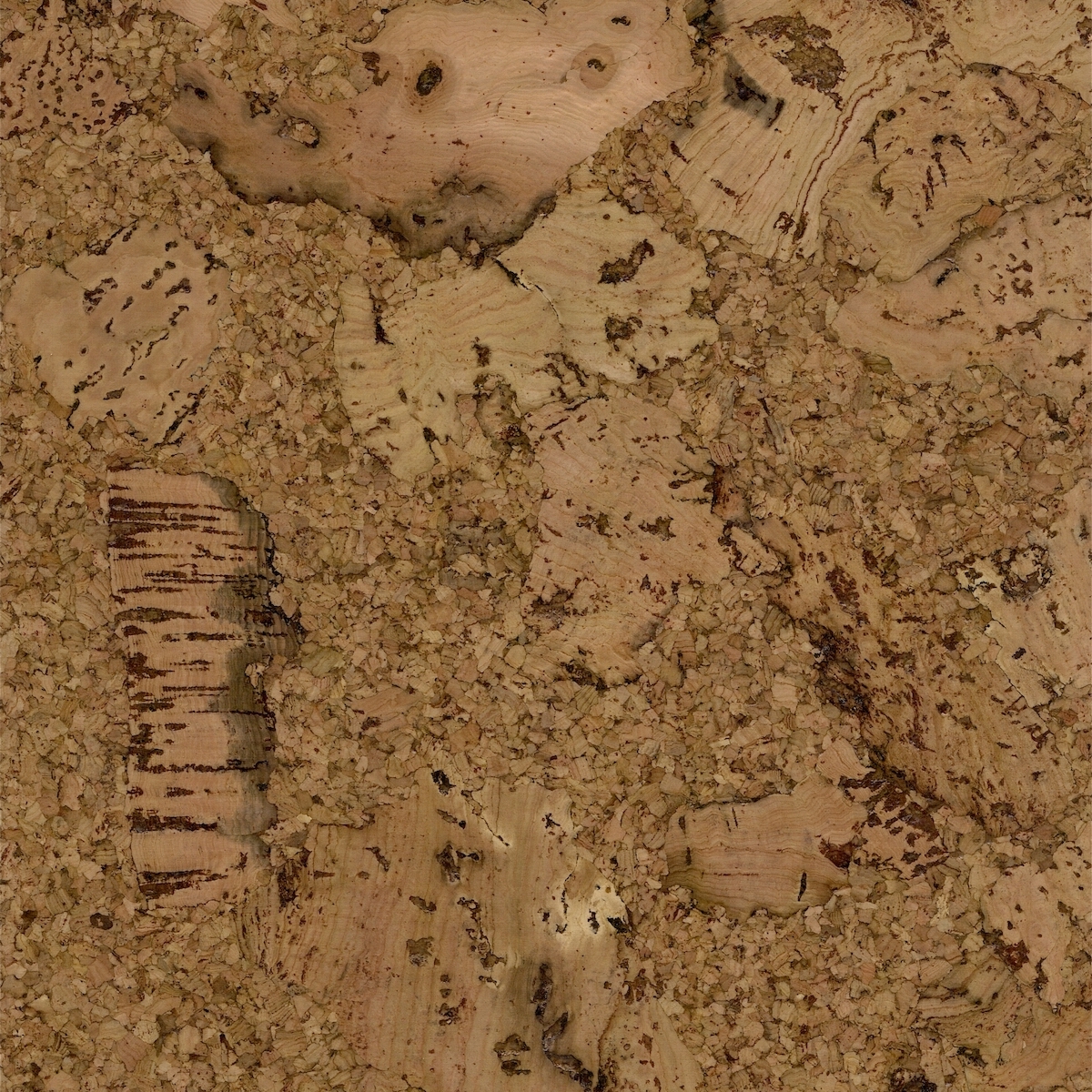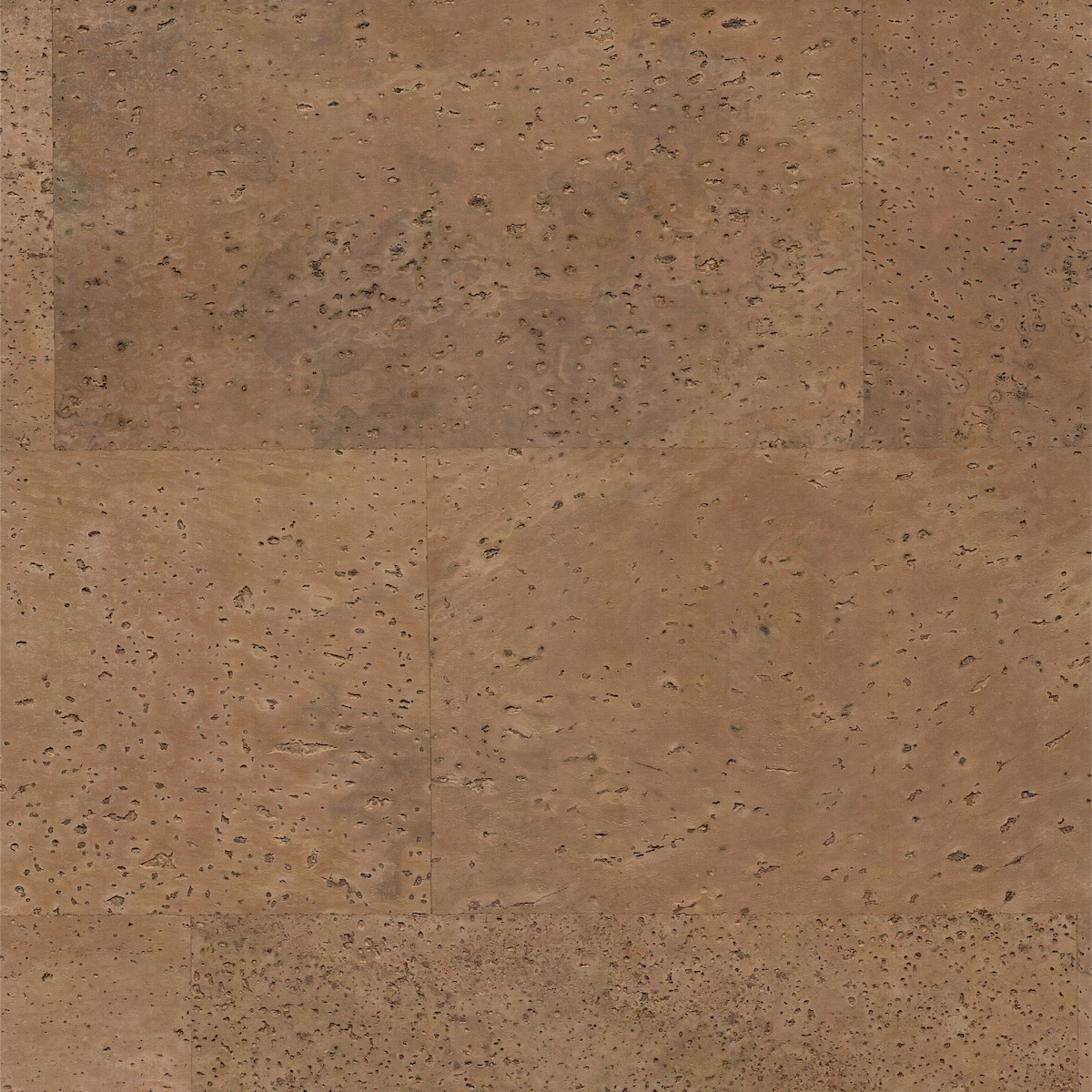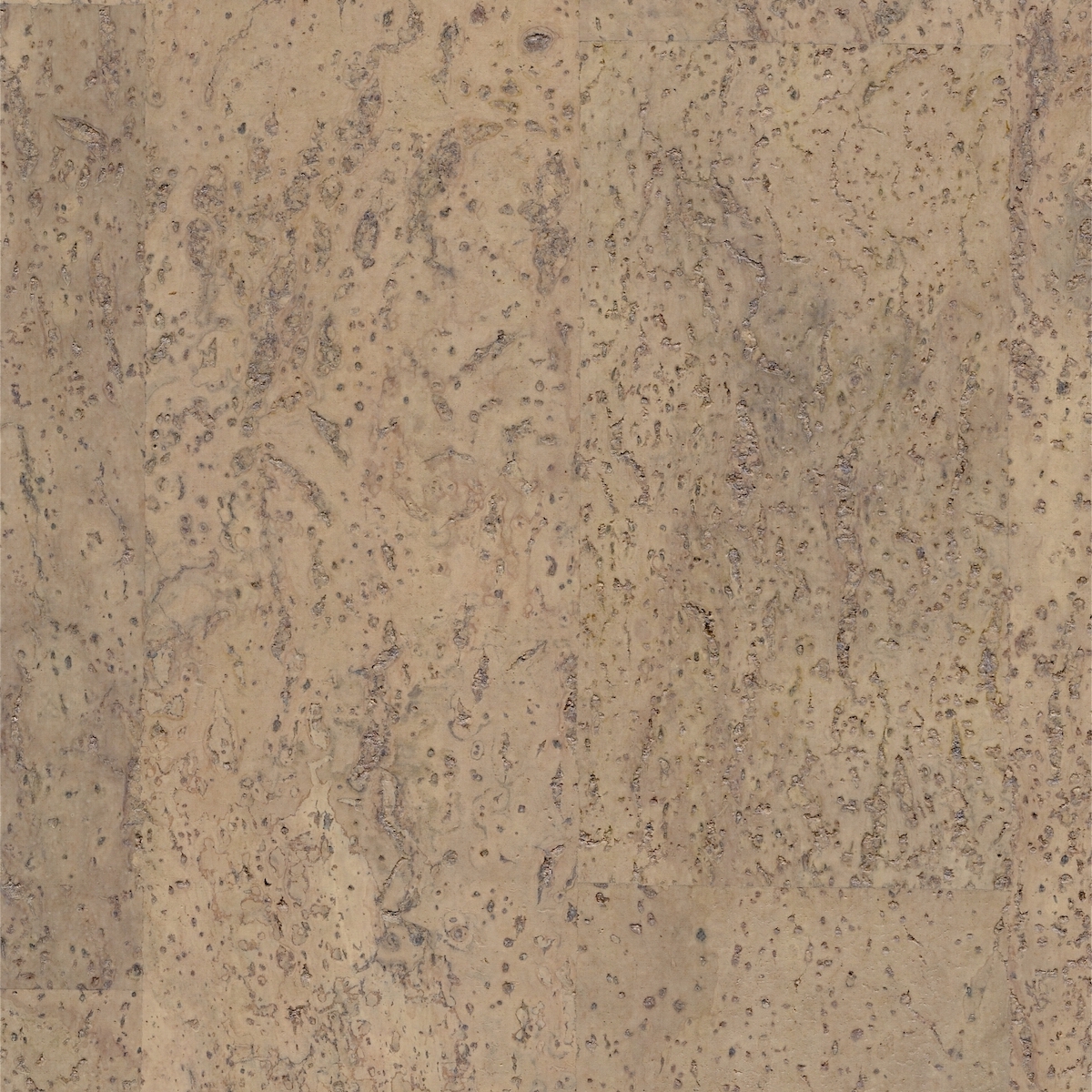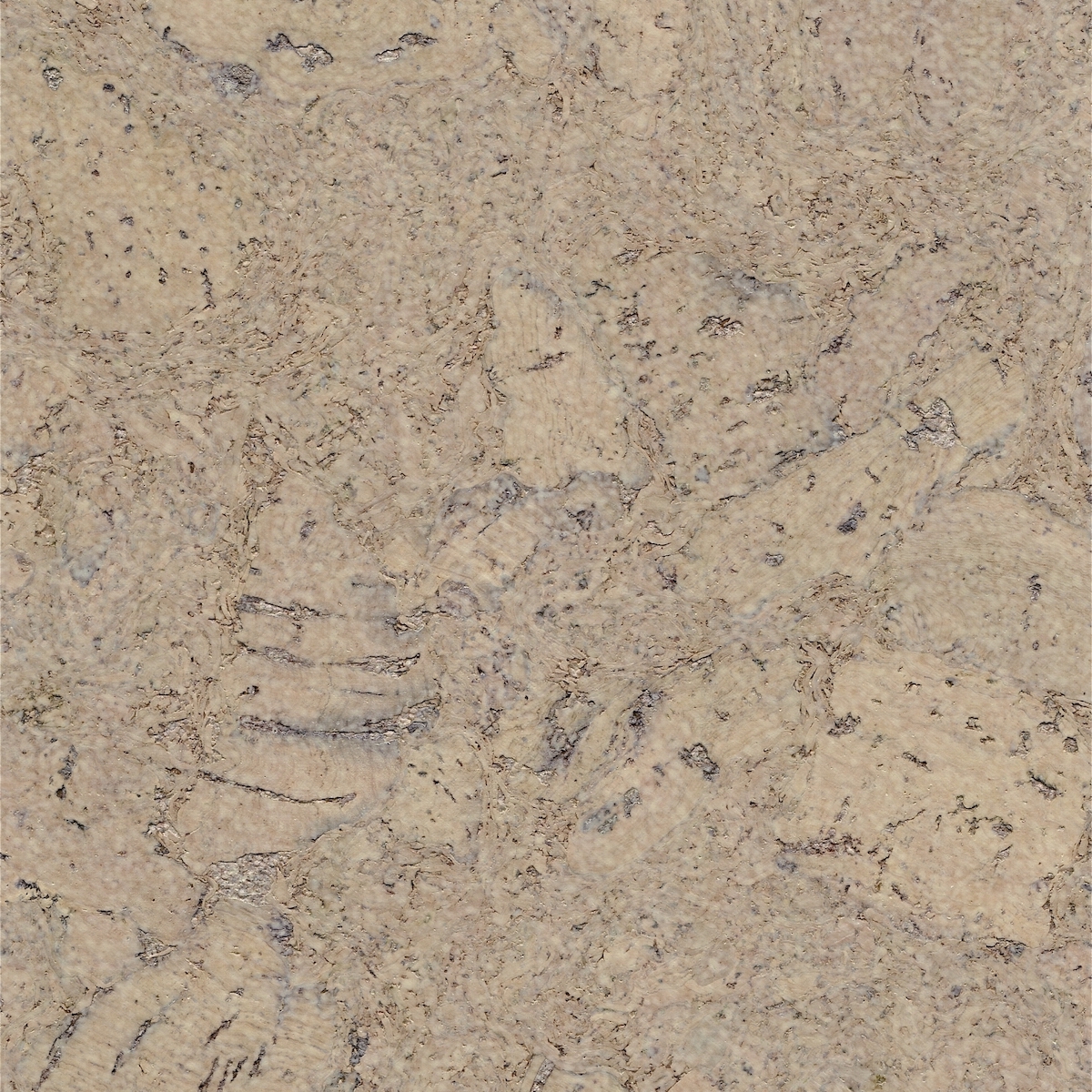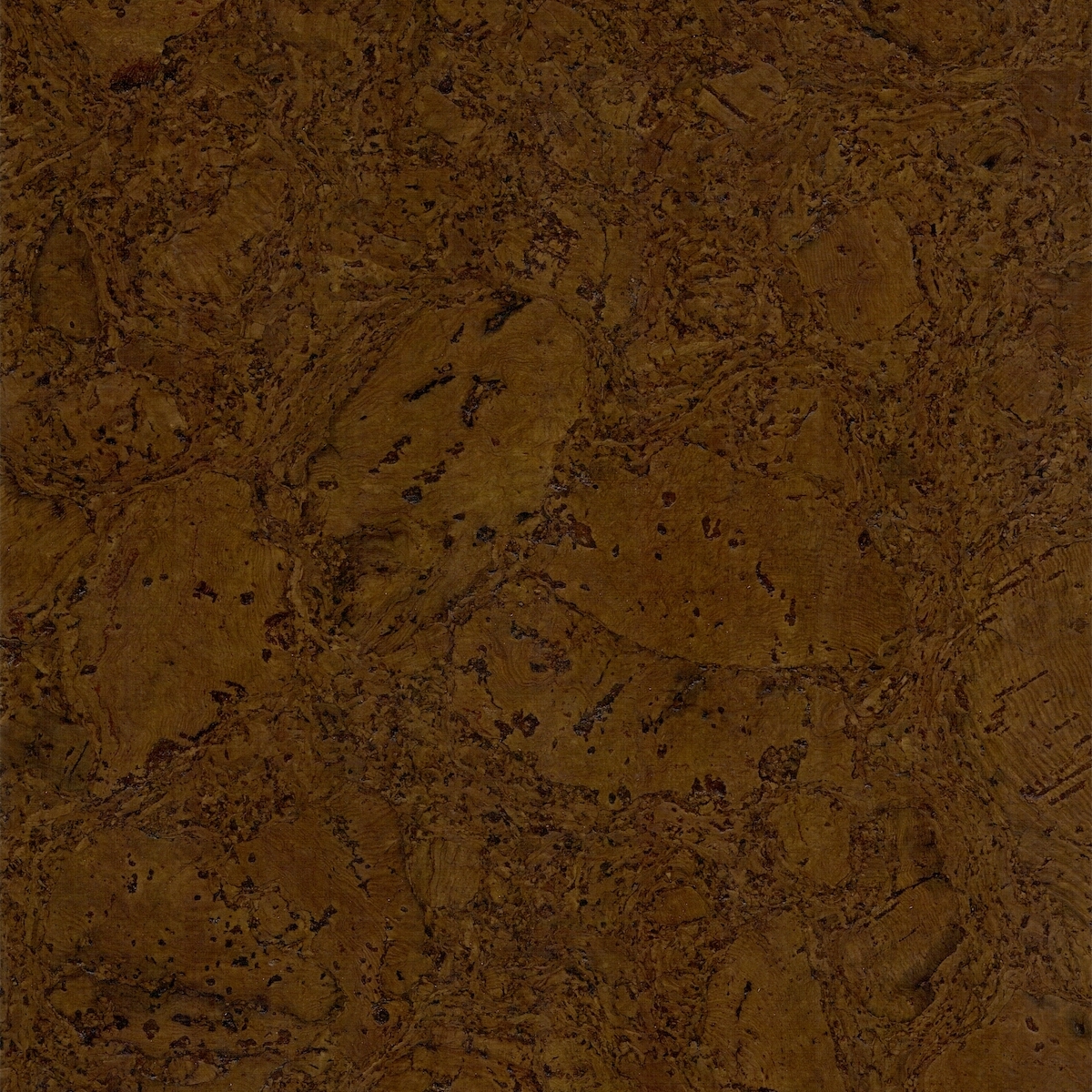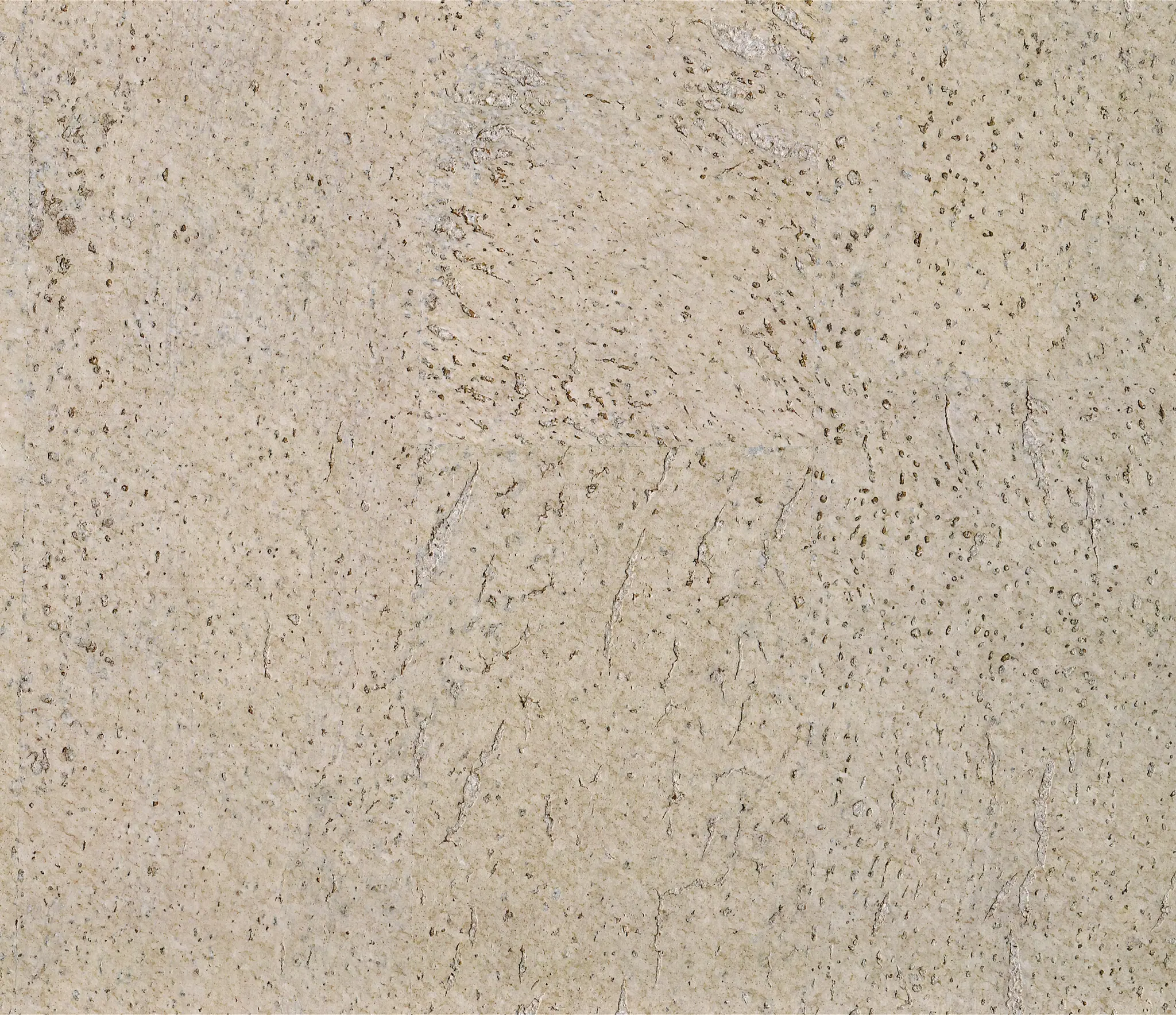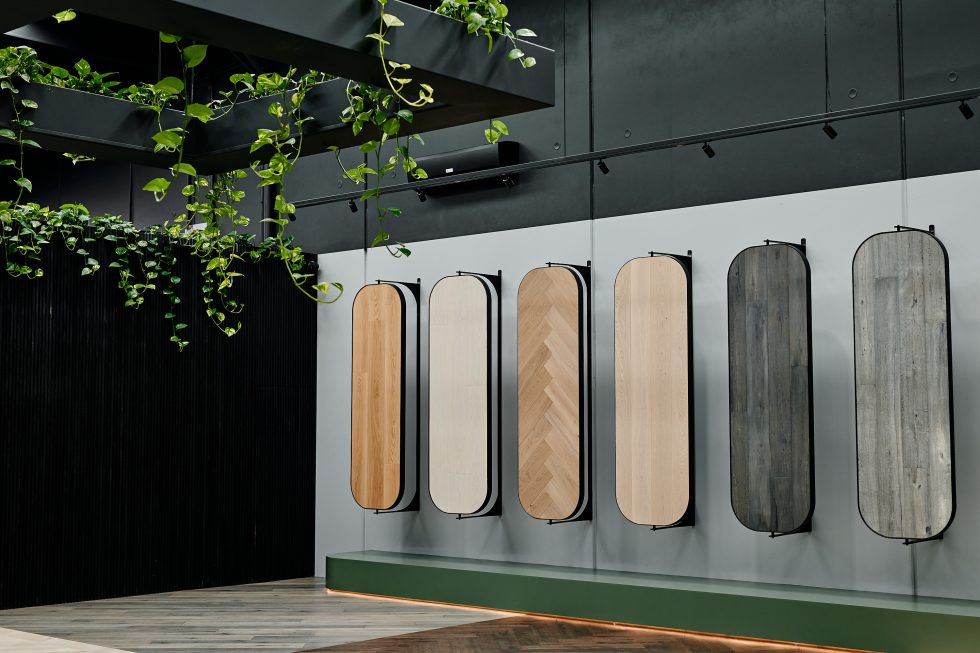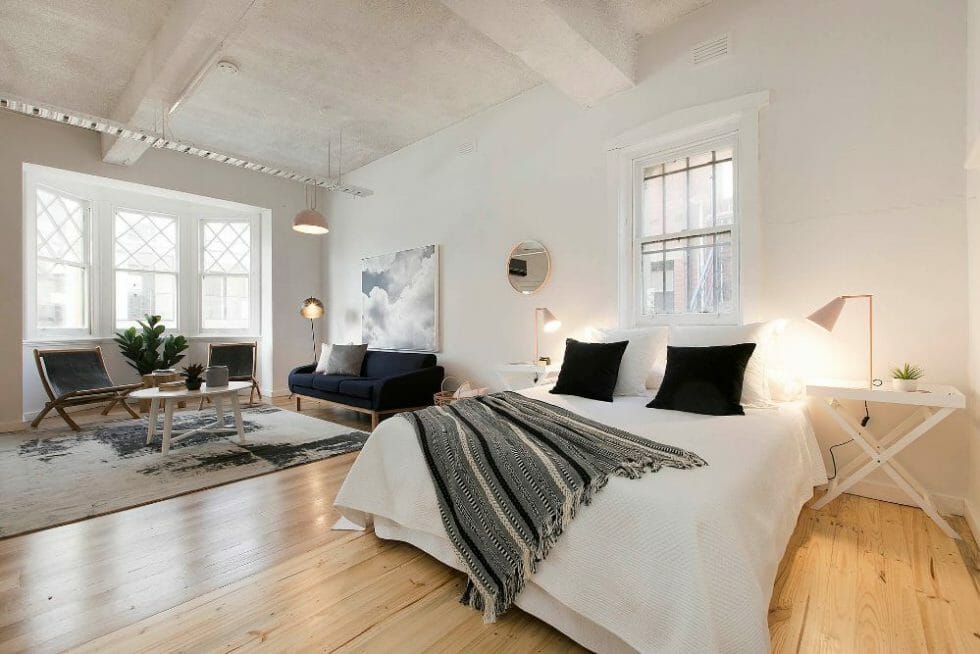Telling Timber Apart
Because of the wide range of timber species available, it’s important to learn how to tell timber apart, and find out what key characteristics to look for when you’re browsing differing timber species. It’s especially important considering that different treatments on the wood can make it even more difficult for the uninformed to tell some types of timber apart.
As timber can vary even within its species, it can be challenging to figure out what timber you’re looking for. Woods’ fibrous nature, as well as its growth being reliant on its immediate environment, can make variations that need a closer investigation to identify wood properly.
When possible, look at a solid piece of wood, or planks. This will make it easier for you to identify the type of timber. Keep in mind that stained or weathered pieces of wood can also make it difficult to identify the species, especially since most woods are porous.
If you’re wondering what timber species are the best for your home or business, we’ve put together this handy guide on how to identify different timber species to make your search for the best timber that much easier!
Blackbutt Flooring
Known as Eucalyptus pilularis, this spectacular timber has been used in many high-value Australian timber flooring projects. Grown mostly in the north coast of NSW, it’s also commonly found in coastal forests from southern Queensland to southern NSW. There are many available plantations in Australia, as well as some overseas countries. Blackbutt is characterised by its rough bark at the tree base, usually charred black from previous bush fires. It gets its name from this common occurrence, and is typically half bark, with a rough, fibrous bark on the lower trunk and branches that are yellow to white in colour due to the bark shedding away in strips on the upper part of the trunk.
Blackbutt timber is a native hardwood, with a light brown to yellow-hued timber. You’ll normally see gum veins present, with a straight grain that stains well. As such, it’s been used for a wide range of construction work, from rafters, railway sleepers, to flooring.
Jarrah Flooring
Known as Eucalyptus marginata, this attractive timber has a vibrant red tone that is highly prized among builders and homeowners alike. With an interlocked or wavy grain and a medium to coarse texture, there is a chance of variation of gum pockets or streaks, adding to its uniqueness as a timber. Jarrah’s heartwood colour ranges from a light red to brown, to an even darker red, whilst its sapwood is normally a pale yellow to pink.
Jarrah can be used for exterior projects but is also commonly used for flooring thanks to its high durability and character.
Brushbox Flooring
Also known as Lophostemon confertu, this local timber displays a close and even-textured grain, oftentimes showing a curly interlocking grain as well. With sapwood that is usually pale greyish-brown and a heartwood that is pink-brown to red-brown, there’s been a lot of variation within the species as a result of the immediate environment.
Spotted Gum Flooring
Known as Corymbia maculat, spotted gum got its name from the smooth greyish-white bark of its trunk, which sheds in flakes and leaves spots behind. A beautiful Australian hardwood, it’s been historically used in structural, exterior and internal applications because of its high degree of natural durability and strength. With a unique back-sawn grain structure, its heartwood ranges from a light brown to a dark red-brown tone. Spotted Gum’s sapwood usually ranges from a white to light brown tone that’s especially attractive.
Spotted gum is known to be a minimal staining timber as it is less prone to bleeding-through of tannins than other Australian hardwood species, and is excellent to work with whether its for railway sleepers, framing, decking, or flooring.
European Oak Flooring
Also known as Quercus Petraea, it’s a native timber in various European countries from sustainably managed forests. With a tree that grows tall and thicker and wider sapwood than the average American oak species, it’s a known staple for projects that require longer, wider floor planks. In order to identify this timber, keep in mind that European oak usually shows a naturally rich and warm golden-brown colour, with a unique wavy grain pattern and a charming ribbon-like mark that appears across the grain known as ‘medullary rays’.
Because of its high quality and its beautiful response to staining, there are a great many variants out there using European Oak flooring that exude different styles and designs, especially in flooring. For example, Kustom Timber’s The Hamptons European Oak has attractive grey tones perfect for modern designs. On the other end of the spectrum, the sandy-toned Beach House European Oak oozes breezy beach house vibes and wide-open spaces.
Finding The Perfect Timber Flooring For Your Next Project
If you’re interested in finding the best timber for your project, our staff at Kustom Timber are seasoned professionals with a love for creating beautiful spaces with natural materials. Our wide collection of timber flooring in Melbourne offers a great range of high quality, beautiful timber that will elevate any project. Have a look through our catalogue and contact the Kustom Timber team today to get started!
